This article was written by Luna Rose. Luna Rose is an autistic community member who specializes in writing and autism. She holds a degree in Informatics and has spoken at college events to improve understanding about disabilities. Luna Rose leads wikiHow's Autism Project.
There are 13 references cited in this article, which can be found at the bottom of the page.
This article has been viewed 57,531 times.
Schizoid personality disorder (schizoid PD) and autism both cause social withdrawal, making them appear similar on the surface and potentially causing you to mistake someone with one of these conditions to someone with the other. Here is how to tell the difference and determine which one best describes you or a loved one.
Steps
Understanding the Conditions
-
1Recognize similarities between the two conditions. Both autism and schizoid PD can involve similar social traits, and can look very similar on the surface.
-
2Look at the individual and family history. Genetics is believed to play a role in both autism and schizoid PD, so if one runs in the family, the individual is more likely to have it. Cold, unresponsive, or neglectful parents increase the risk of schizoid personality,[4] as well as other early-life stressors like severe poverty or frequent illness.[5] Autism begins in utero[6] and is never caused by bad parenting.
- Don't automatically assume that trauma means the person has schizoid PD. Autistic children are at higher risk of abuse and PTSD, at home, in school, and in some compliance-based therapies.
- Not all people with schizoid PD have bad parents. While bad parenting increases the chances, perfectly good parents can end up with a child with schizoid PD.
Advertisement -
3Consider how much the person is interested in social interactions. People with schizoid PD tend to appear aloof because socializing doesn't interest them much. Autistic people often care deeply, but show it differently, and may withdraw because it is overwhelming.
- Some autistic people want close relationships, but do not know how to obtain them.
- People with schizoid PD have little or no desire to find love and marry.[7] Many autistic people enjoy romantic relationships and may get married.
-
4Consider how the person reacts when praised or criticized. While autistic people may have unique body language, they will almost always react. People with schizoid personality disorder will typically appear indifferent.
- Some autistic people seem "lost in their own world" to onlookers. They see and hear everything, but may not show a visible response. Take into account how much the person reacts to the world in general.
Tip: Nearly half of autistic people have issues related to fear of being ridiculed and put down. They may get distressed by well-intended "friendly" teasing because it's hard for them to tell the difference.[8] This is in contrast to people with schizoid PD, who tend to feel more apathetic even to teasing that isn't well-intended.
-
5Consider whether and how much the person enjoys close relationships. Most autistic people have or want close relationships with a few loved ones, such as family or friends. People with schizoid PD tend to be more indifferent and are unlikely to have bonds with people who aren't first-degree relatives.
- An autistic person may not pick up on subtle social cues like body language. A person who has schizoid personality disorder might over-interpret these things, often in a suspicious way.[9]
-
6Think about whether the person learns and grows from social experiences. Social differences in schizoid PD are caused mainly by a lack of interest, while in autism, they are caused by confusion and lack of skills. An autistic person will learn from new experiences (especially with coaching), thus improving their social skills. Someone with schizoid PD is not interested in learning more social skills.[10]
- Not all learning is constructive. For example, an autistic person might learn to suppress their natural stimming, which can lead to emotional problems.
-
7Consider the person's developmental timeline. Autistic children develop at their own pace, meeting milestones more slowly, more quickly, or out of order. Developmental delay will be present in some or all areas. Unless another disability is present, people with schizoid traits will follow the expected timeline.
- Look at later milestones as well as early childhood: when did the person learn to swim, ride a bike, cook, do laundry, drive?
-
8Examine the person's interests. Someone with schizoid PD shows little interest in hobbies and other activities, having no or very few activities they enjoy. Autistic people typically have a few "special interests," which are narrow, intense, and extremely passionate.[11] A healthy autistic person can get very excited about their interests while someone with schizoid PD doesn't get emotional.
- Try striking up a conversation about the person's favorite subject. If they feel comfortable around you, an autistic person will love talking about their passions. Someone with schizoid PD will not be so enthusiastic.
- Circumstances can affect autistic people's special interests. Illnesses such as depression, or simply being in between interests, may leave them without passion. Compliance-based therapies, bullying, or negative feedback may make an autistic person afraid to share their interests with others. This can make identification harder.
-
9Think about whether they show strong emotions. People with schizoid PD don't really show emotion, even in situations where most people would get emotional. They tend to seem indifferent.[12] For autistic people, this varies, especially based on whether they have alexithymia. While some autistic people tend not to get emotional easily, others get emotional in ways others don't understand, and many are highly emotional.
- Autistic people may have breakdowns when they get overwhelmed by sensory or emotional triggers. A "meltdown" happens with an out-of-control emotional display because the person can't cope. A "shutdown" causes the person to completely withdraw and struggle to process sensory input. This is not typical in people with schizoid PD.
-
10Notice motivation and goals. People with schizoid PD tend not to be strongly motivated. Autistic people vary in motivation levels (just like neurotypicals do) and tend to be highly motivated about things that relate to their interests.[13]
- People with schizoid PD usually prefer daydreaming over acting, which may translate to not getting much done.
- At work, someone with schizoid PD may not care how management perceives them or try hard to get promoted.
-
11Look at differences caused by autism. Autism is a pervasive disability and impacts many areas of life. Schizoid personality disorder is more narrow. An autistic person will experience most or all of these traits:
- Stimming
- Deep, narrow special interests
- Sensory issues (under- or over-sensitivity)
- Reliance upon routine
- Meltdowns or shutdowns under stress
-
12Look at the age of onset. Autism becomes visible in childhood, while schizoid PD usually begins around early adulthood (although some features may be noticed in childhood).[14]
- Some autistic people aren't diagnosed until teen or adult years. However, in retrospect, they can identify autistic traits in their childhood.
- Autism is genetic, whereas schizoid personality disorder is often generated from childhood experiences.[15]
Moving Forward
-
1Consider related conditions. It's possible that the person could have something else instead of schizoid PD or autism, or that they have something else in addition to one or both. Consider if the person's traits are explained by...
- Depression
- PTSD
- Alexithymia
- Social anxiety
- Reactive attachment
- Avoidant personality disorder
- Agoraphobia
- Introversion (a personality trait, not a disorder)
- Asexuality (a sexual orientation, not a disorder)
-
2
-
3Visit your general doctor. The doctor will most likely refer you to a specialist to help make an accurate diagnosis.
- Writing a list of signs you've noticed may be helpful.
- Feel free to print off any articles that helped you, including this one.
- Talk to the specialist if you have any concerns about misdiagnosis.
Expert Q&A
Did you know you can get expert answers for this article?
Unlock expert answers by supporting wikiHow
-
QuestionHow can you tell the difference between autism and schizoid personality disorder.
 George Sachs, PsyDGeorge Sachs is a Licensed Psychologist and the Owner of Sachs Center based in New York, New York. With over ten years of experience, Dr. Sachs specializes in treating ADD/ADHD and Autism Spectrum Disorders in children, teens, and adults. He holds a BS in Psychology from Emory University. Dr. Sachs earned his Doctorate of Psychology (PsyD) from the Illinois School of Professional Psychology, Chicago. He completed his clinical training in Chicago at Cook County Hospital, Mt. Sinai Hospital, and the Child Study Center. Dr. Sachs completed his internship and postdoctoral work at the Children’s Institute in Los Angeles, where he supervised and trained therapists in Trauma-Focused Cognitive Behavioral Therapy (TFCBT). He has been trained as a Gestalt Therapist and certified by the Gestalt Associates Training Program of Los Angeles. Dr. Sachs is the author of The Adult ADD Solution, Helping the Traumatized Child, and Helping Your Husband with Adult ADD. He has appeared on the Huffington Post, NBC Nightly News, CBS, and WPIX discussing his holistic approach to ADD/ADHD treatment.
George Sachs, PsyDGeorge Sachs is a Licensed Psychologist and the Owner of Sachs Center based in New York, New York. With over ten years of experience, Dr. Sachs specializes in treating ADD/ADHD and Autism Spectrum Disorders in children, teens, and adults. He holds a BS in Psychology from Emory University. Dr. Sachs earned his Doctorate of Psychology (PsyD) from the Illinois School of Professional Psychology, Chicago. He completed his clinical training in Chicago at Cook County Hospital, Mt. Sinai Hospital, and the Child Study Center. Dr. Sachs completed his internship and postdoctoral work at the Children’s Institute in Los Angeles, where he supervised and trained therapists in Trauma-Focused Cognitive Behavioral Therapy (TFCBT). He has been trained as a Gestalt Therapist and certified by the Gestalt Associates Training Program of Los Angeles. Dr. Sachs is the author of The Adult ADD Solution, Helping the Traumatized Child, and Helping Your Husband with Adult ADD. He has appeared on the Huffington Post, NBC Nightly News, CBS, and WPIX discussing his holistic approach to ADD/ADHD treatment.
Licensed Psychologist They're actually very similar and hard to distinguish. The main difference is that people with autism fail to recognize social cues and certain subtle signs that people give, like body language. A person who's schizotypal is aware of these cues and actually focuses on them more, often in a suspicious way.
They're actually very similar and hard to distinguish. The main difference is that people with autism fail to recognize social cues and certain subtle signs that people give, like body language. A person who's schizotypal is aware of these cues and actually focuses on them more, often in a suspicious way.
References
- ↑ http://www.psychforums.com/schizoid-personality/topic41798.html
- ↑ http://www.webmd.com/mental-health/mental-health-schizoid-personality-disorder#1
- ↑ https://psychcentral.com/disorders/schizoid-personality-disorder/
- ↑ http://www.mayoclinic.org/diseases-conditions/schizoid-personality-disorder/symptoms-causes/dxc-20214904
- ↑ https://psychcentral.com/health/signs-of-schizoid-personality-disorder#causes
- ↑ https://unews.utah.edu/changes-associated-with-autism-risk-may-be-detected-as-early-as-the-second-trimester/
- ↑ http://www.mayoclinic.org/diseases-conditions/schizoid-personality-disorder/symptoms-causes/dxc-20214904
- ↑ https://embrace-autism.com/gelotophobia-and-autism/
- ↑ George Sachs, PsyD. Licensed Psychologist. Expert Interview. 9 October 2020.
- ↑ Personal interview with a psychologist.
- ↑ George Sachs, PsyD. Licensed Psychologist. Expert Interview. 9 October 2020.
- ↑ https://www.mayoclinic.org/diseases-conditions/schizoid-personality-disorder/symptoms-causes/syc-20354414
- ↑ https://neurodivergentinsights.com/misdiagnosis-monday/schizoid-personality-disorder-vs-autism
- ↑ http://www.mayoclinic.org/diseases-conditions/schizoid-personality-disorder/symptoms-causes/dxc-20214904
- ↑ George Sachs, PsyD. Licensed Psychologist. Expert Interview. 9 October 2020.
- ↑ http://www.gnc.gu.se/digitalAssets/1349/1349901_lugneg--rd-personality-disorders-and-autism-.pdf
- ↑ https://www.quora.com/Can-a-person-have-schizoid-personality-disorder-and-autism-spectrum-disorder-at-the-same-time


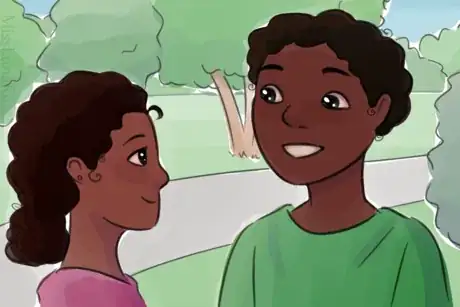
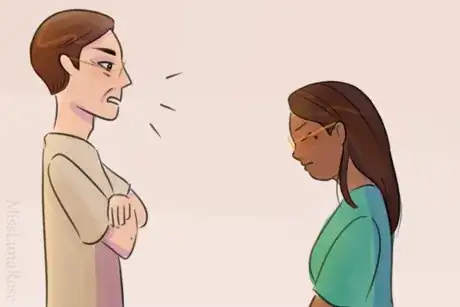
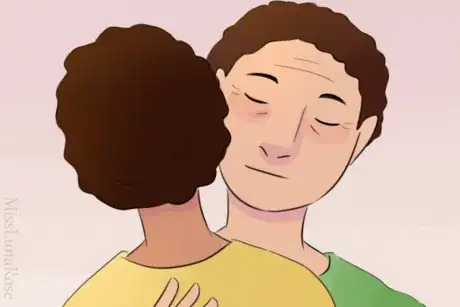

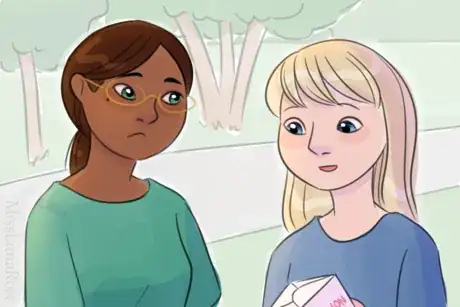


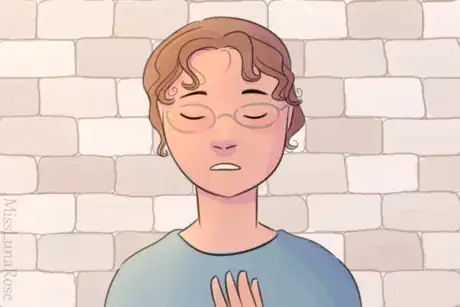


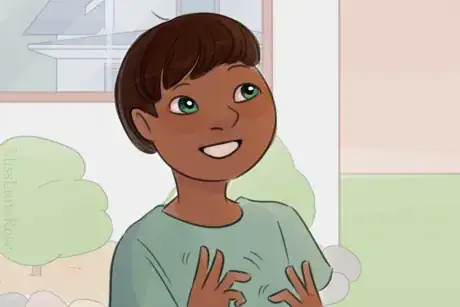

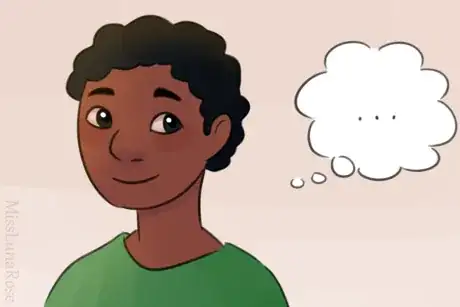
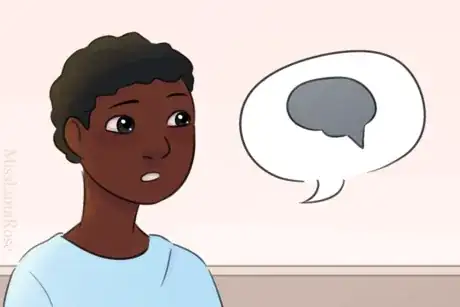
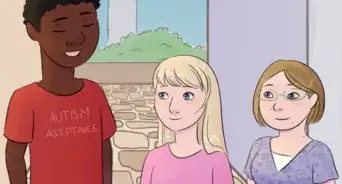







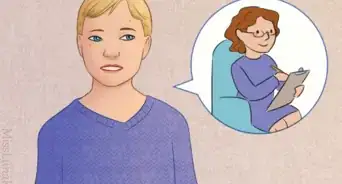

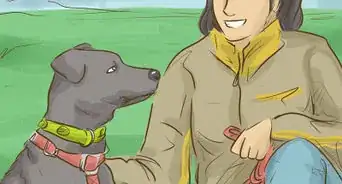












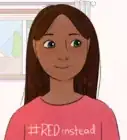



































Medical Disclaimer
The content of this article is not intended to be a substitute for professional medical advice, examination, diagnosis, or treatment. You should always contact your doctor or other qualified healthcare professional before starting, changing, or stopping any kind of health treatment.
Read More...